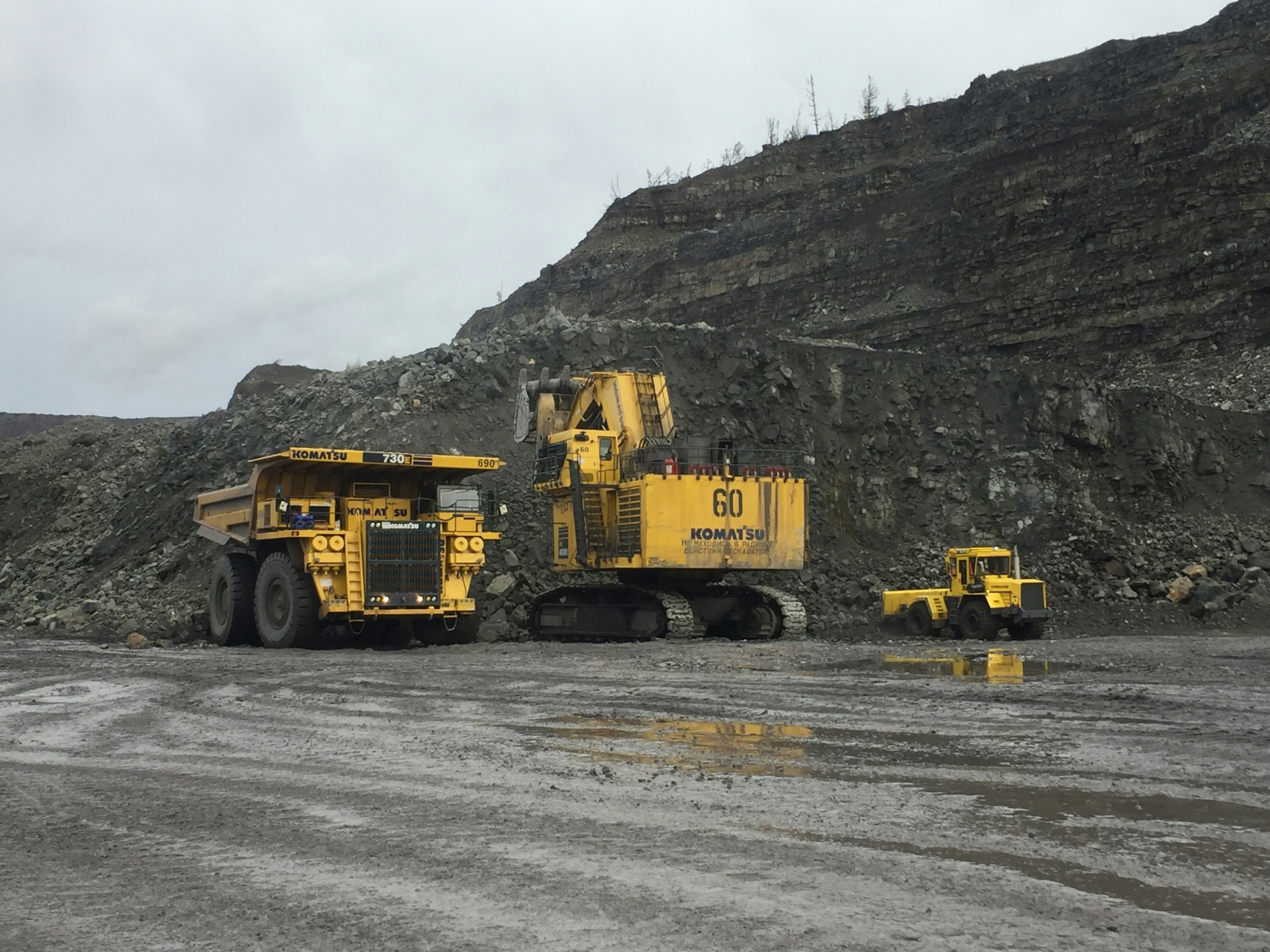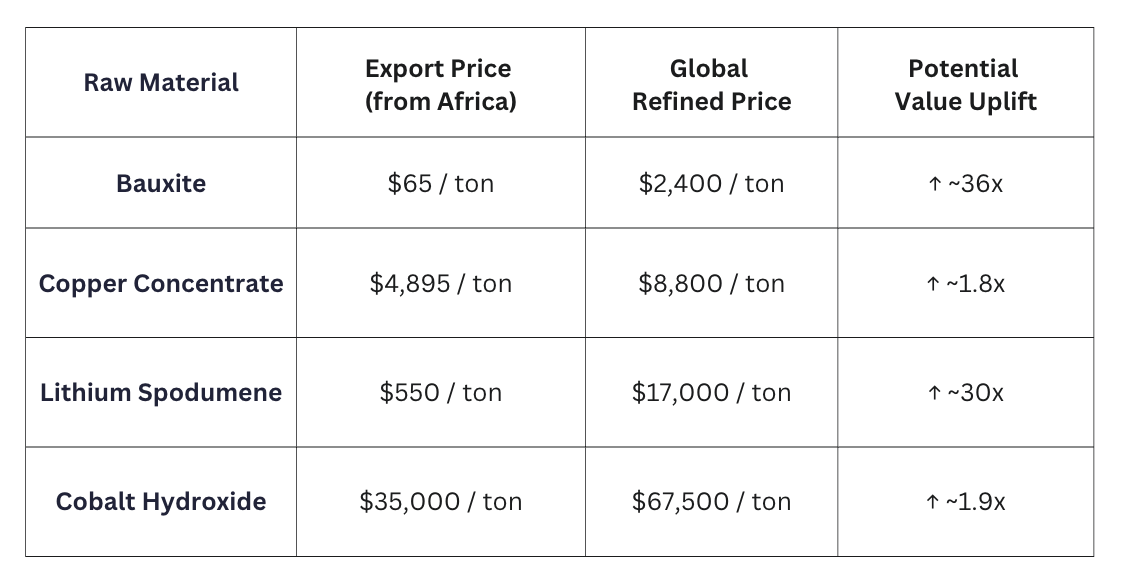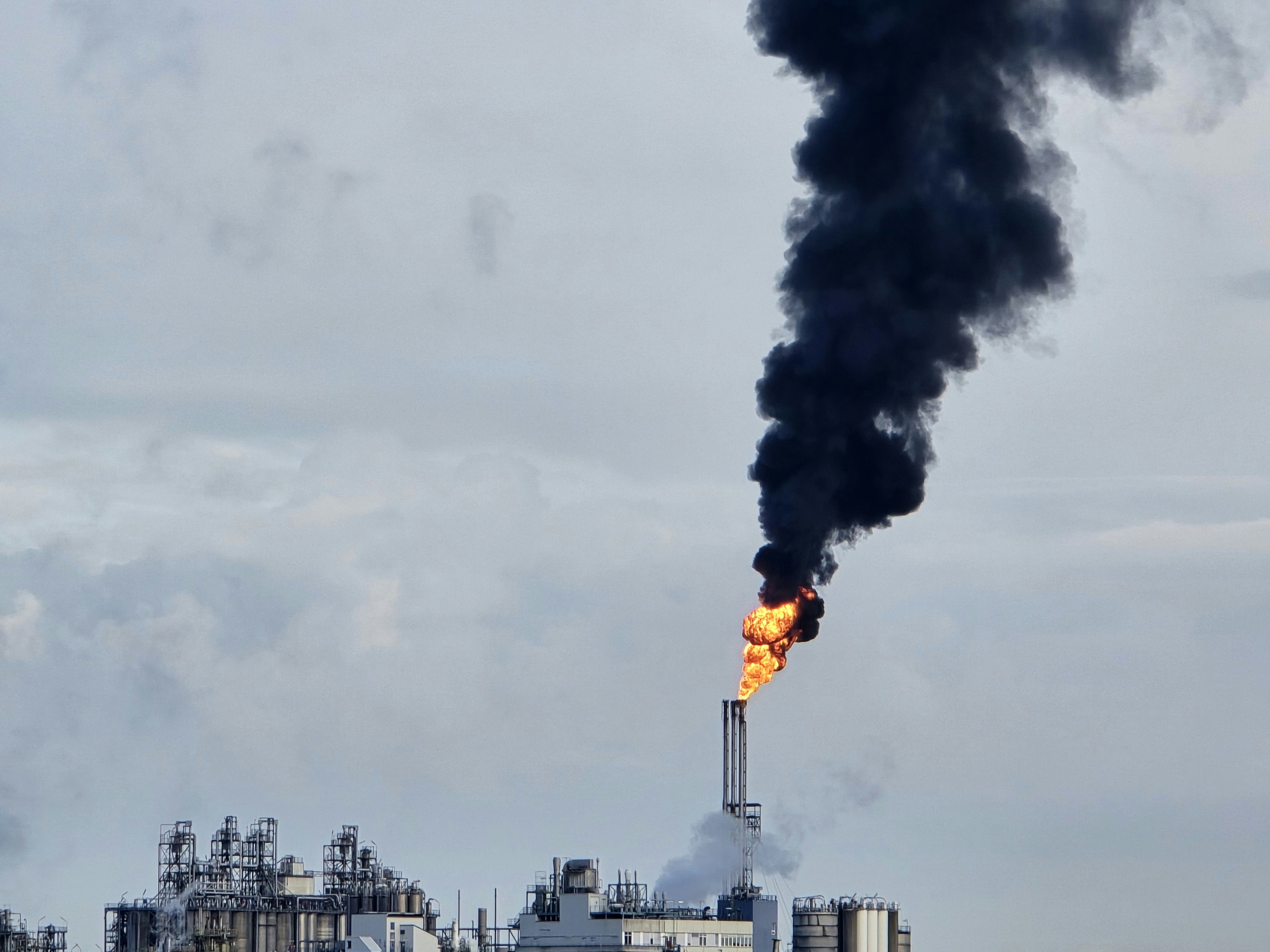Unleashing Additive Mining

The industry’s future rests on transforming from an isolated enclave into a powerful engine for development
The narrative surrounding Africa’s rich mineral endowments is dominated by a tired, extractive paradigm, rooted either in historical patterns of colonialism and exploitation or in today’s critical raw materials (CRMs) framing. It is a paradigm that has limited the potential of mining to be a true engine for African development, leaving African exporting nations with a fraction of the retail value of their own resources.
We need a new formula for success. One that shifts the whole system towards more beneficial outcomes for all
It’s time we recognised value addition and economic sovereignty as legitimate goals for African states. It’s time we refrained from using the term “African Resource Nationalism,” which stifles honest conversation and ignores the simple but profound truth that mines have a finite lifespan. They are not perpetual. This fact alone underscores the urgent need for a new approach built on a foundation of intergenerational equity, ensuring that the benefits of mining extend far beyond the life of the mine and serve the long-term development interests of African states and their citizens.
From a compliance-driven model to a model of value co-creation
An ‘’additive mining’’ model goes beyond mere compliance and impact mitigation. It represents a proactive shift, transforming mining from its enclave status to a dynamic engine for national development. This model fosters integrated development, multi-use infrastructure, local processing, manufacturing, and services; creating sustainable jobs and building resilient, diversified economies that endure long after mineral reserves are exhausted.The basic economic case for this shift is compelling. Data shows a stark price difference between raw minerals exported from Africa and their refined global value. For example, a ton of bauxite might be exported for around $65, while the global refined price for alumina is over $2,400. Similarly, lithium spodumene exported at $550 per ton can be refined to a global value of $17,000 per ton. These figures represent immense economic value currently being forfeited by producing nations. Capturing this value requires significant investment in infrastructure, particularly energy, and the development of local skills and markets.

The broader economic case is even more compelling. By embracing integrated development planning, mining projects can serve as economic multipliers, extending their commercial impact far beyond the extraction of resources. This strategy, which prioritises both upstream and sidestream linkages, is crucial for fostering broad-based economic activity across complementary industries such as agriculture, services, and trade — sectors generally more labour-intensive than mining, more prone to be high in local content and often sustainable beyond the life of the mine. Upstream, the opportunity for import substitution is significant. In 2024, South Africa, the largest importer of mining equipment on the continent, imported over $100 billion of mining equipment.
From compliance to value co-creation
The transformation to ‘’additive mining” requires a profound change in thinking from both the mining industry and governments. For mining companies, it means moving from a compliance-driven model to one of true value co-creation. It necessitates cultivating new skill sets in areas such as spatial development planning and local enterprise development—competencies that extend beyond traditional mining operations. It implies a deeper, more equitable partnership where communities are not just passive beneficiaries but active participants and co-architects of their economic future.
Governments, in turn, must establish clear national development plans and integrated policies that address the four key enablers of additive mining: energy, finance, markets, and skills. We are already seeing positive movement in this direction. Countries like Zambia and Guinea are implementing ambitious policies to boost local content and require in-country processing. These are bold initiatives, and their success depends on a shared vision and a commitment to investing in the enabling infrastructure to make them a reality.
Accelerating the pace
Global climate goals compound the urgency of this shift. The greatest challenge to scaling up clean energy technologies fast enough to meet climate goals, may not be political will, but a shortage of energy transition metals. By embracing additive mining, African nations can not only secure their own economic futures but also play a critical role in meeting global demand for these essential minerals, all while retaining a greater share of the value.We should be under no illusion that the future health and stability of Africa’s mining sector rests on its ability to transform from an isolated enclave into a powerful engine for national development. It’s time for mining investors and operators to recognise these goals as essential for acquiring and maintaining a social license.
This article was originally published in Issue 2 of The Digital Mining Pulse.
Proud to be BCorp. We are part of the global movement for an inclusive, equitable, and regenerative economic system. Learn more


